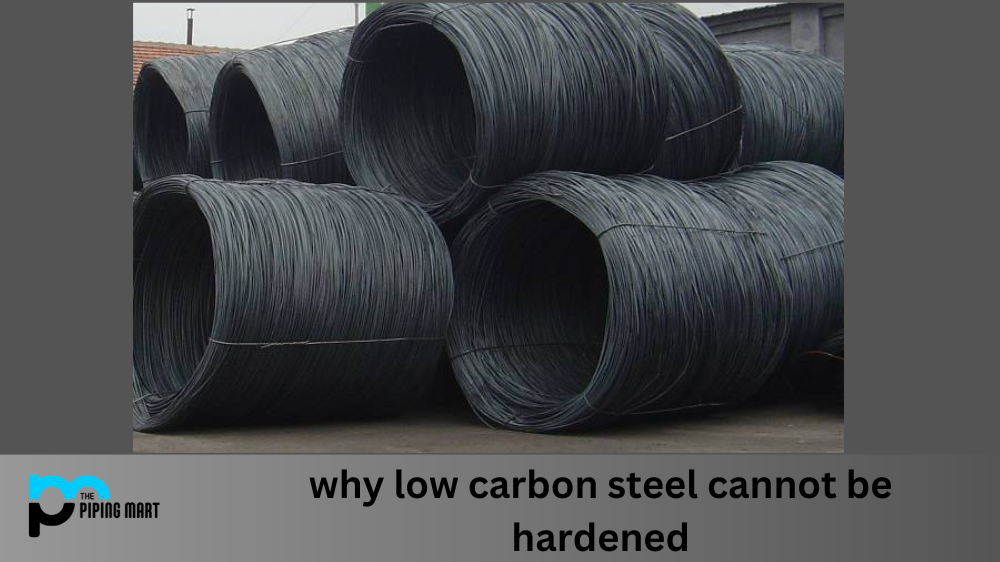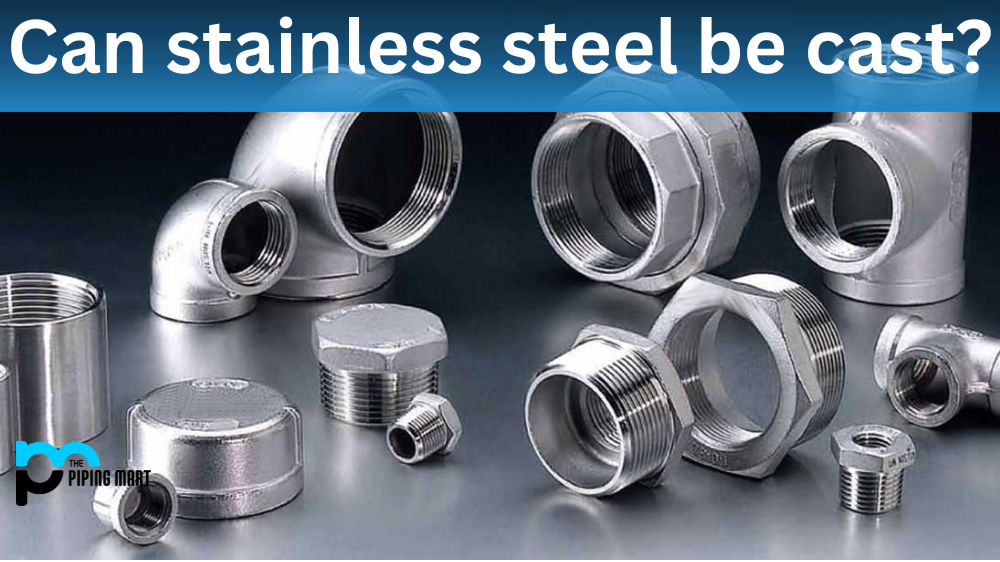Steel is an alloy made of iron, carbon, and other elements. There are different types of steel, each with its properties. Low-carbon steel is one such type of steel that has properties suitable for specific applications but cannot be hardened. Understanding why low-carbon steel cannot be hardened can help you make the right decision when selecting materials for your project.
What Is Low Carbon Steel?
Low-carbon steel is a type of steel that contains 0.04-0.3% carbon by weight. It is also known as mild steel because it has low strength and hardness compared to other steel. Low-carbon steel generally does not harden when heated, which makes it suitable for various applications such as pipes, wires, automotive components, and machine parts where high strength is not required.
Why Can’t Low Carbon Steel Be Hardened?
Low-carbon steels cannot be hardened because they don’t contain enough carbon to form martensite. Martensite is a rigid material formed by cooling austenite quickly after quenching—heating the metal above its critical temperature and then cooling it rapidly in water or oil—which results in an increase in hardness and strength of the material due to structural changes at the atomic level. Martensite formation requires at least 0.4% – 1% carbon content by weight; therefore, low-carbon steels cannot undergo this process and, therefore, cannot be hardened or strengthened through heat treatment processes like other types of steels can be.
Alternatives to Hardening Low Carbon Steel
While low carbon steels cannot be hardened through heat treatment processes, other methods can be used to strengthen them without compromising their ductility or malleability, such as cold working or surface treatments like carburizing or nitriding, which can improve their wear resistance and fatigue strength without making them brittle or vulnerable to cracking under load conditions. Cold working involves using tools such as punches or dies to deform the metal into its desired shape while applying pressure; this process increases tensile strength without significantly affecting the material’s flexibility. Carburizing involves introducing more carbon into the surface layer of the material by exposing it to a gas containing more than 1% carbon; this process increases wear resistance but does not affect flexibility significantly either. Nitriding involves exposing the material to ammonia gas at high temperatures; this process increases wear resistance even further but does not substantially affect ductility.
Conclusion:
Low Carbon Steel has many advantages over other types of steels due to its ability to retain its ductility or malleability even when subjected to extreme temperatures and pressures; however, this advantage comes with a cost—low-carbon steels cannot be hardened through traditional heat treatment processes because they do not contain enough carbon necessary for martensite formation during quenching processes. Fortunately, there are alternatives such as cold working and surface treatments like carburizing or nitriding, which can provide higher levels of wear resistance without compromising on flexibility too much either so that low-carbon steels can still be used in applications where they may otherwise have been unsuitable due to lack of hardening capabilities caused by their relatively lower levels of strength when compared with higher-carbon counterparts yet still provide some degree of durability required for specific operations while allowing them to retain their desirable traits overall. As always, make sure you select the correct type of steel based on your application requirement so you get the maximum benefit out of your choice!

Pipingmart is B2B portal specializes in industrial, metal and piping products. Also, share latest information and news related to products, materials and different types grades to help business dealing in this industry.




